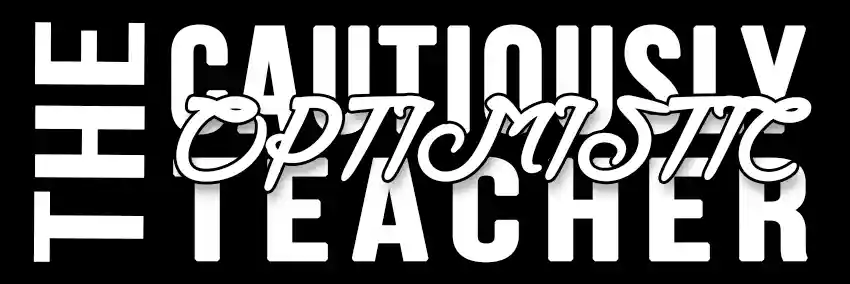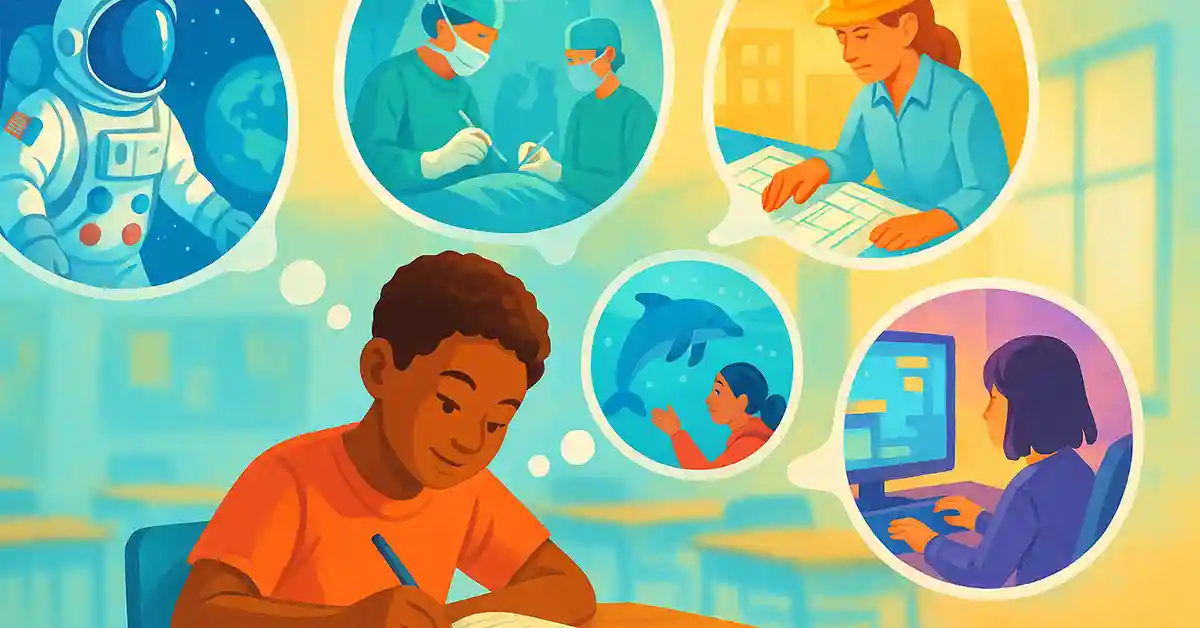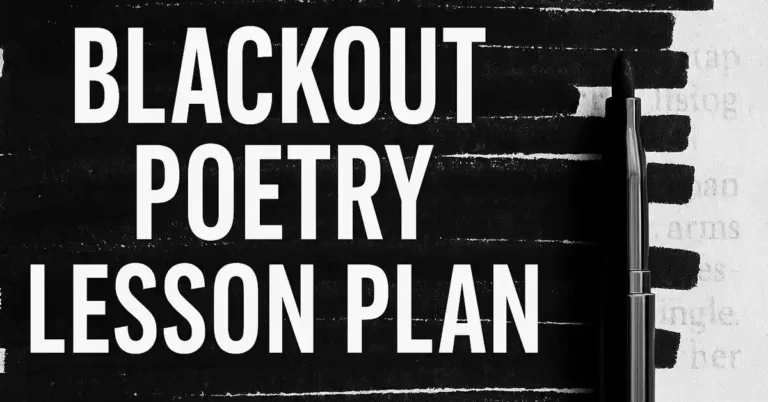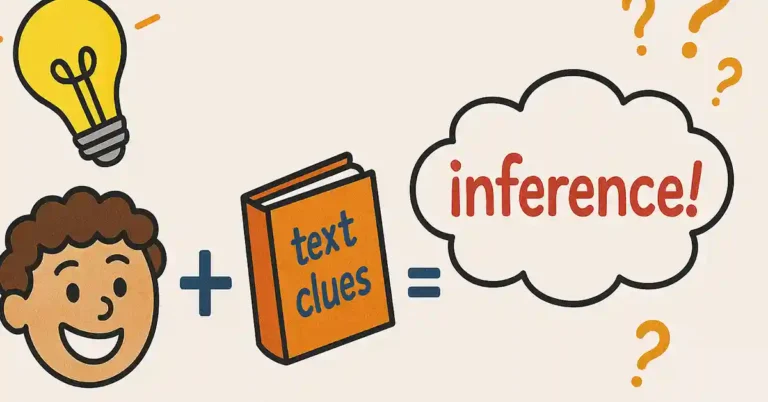Dream Day Diary Entry Lesson Plan: Igniting Student Imagination
What if your students could fast-forward into their dream careers for one magical day? The dream day diary entry lesson invites them to do exactly that—through the power of creative writing, goal-setting, and a healthy dose of imagination. When learners step into the shoes of a future architect, marine biologist, game designer, or social-impact lawyer, they gain more than storytelling practice: they clarify aspirations, confront realistic challenges, and cultivate empathy for professionals in diverse fields.
I’ve used this activity for years—tweaking it for grade levels from late elementary to senior high—and every time the classroom buzzes with the same electric question: “What would my best workday ever actually look like?” Below you’ll find the full lesson plan, from warm-up through reflection, plus differentiation tips, assessment ideas, and ways to connect the task to broader career-exploration goals.
Learning Goals & Curriculum Connections
By the end of this lesson, students will be able to:
Visualize a potential career path and articulate professional responsibilities.
Craft a narrative diary entry using first-person voice, vivid description, and emotional reflection.
Identify realistic obstacles and solutions within a workplace context.
Reflect on personal strengths, interests, and next steps toward career exploration.
Depending on your region, this lesson aligns with English Language Arts standards (narrative techniques; structure; voice), Career Studies expectations (self-awareness and exploration), and Social-Emotional Learning strands (self-management, goal-setting).
Materials
Writer’s notebooks or digital journals.
Brainstorming handout (keywords: role, tasks, people, environment, challenges, emotions).
Optional career reference cards, O*NET job summaries, or guest-speaker quotes.
Sticky notes and markers for an interactive wall display.
Timer or online stopwatch for quickwrites.
Lesson Sequence
1. Warm-Up: Snapshot from the Future (10 min)
Begin with a “future postcard” quickwrite. I ask students to imagine opening their mailbox in 15 years and finding a postcard they sent themselves. On the front is a photo of them on the job—maybe wearing scrubs, driving a Mars rover, or presenting an award-winning graphic novel. On the back, five words capture their day (“thrilling,” “teamwork,” “crunch-time,” etc.). Students jot the words down. This primes concrete sensory detail and sets the stage for the dream day diary entry.
Invite volunteers to share a word or two; this sparks curiosity without revealing entire career choices prematurely.
2. Mini-Lesson: Anatomy of a Diary Entry (15 min)
Project an engaging excerpt—Anne Frank, Samuel Pepys, or a modern blog entry—to illustrate first-person voice, time stamps, and honest reflection. Highlight how a diary captures both events (“At 9 a.m. I…”) and feelings (“My stomach lurched when…”).
Next, model a micro-example:
6:45 a.m. Rain drums on the ambulance roof as I double-check the pediatric ventilator settings. Today’s shift starts with an emergency call from…
Call out specific craft moves: sensory verbs, pacing, internal monologue. Remind students the dream day diary entry should balance euphoric moments and inevitable hurdles—every job has both.
3. Guided Brainstorm: “My Dream Job in 5 Dimensions” (10 min)
Distribute the brainstorming handout. Students fill out prompts:
Role & Title: “I am a wildlife conservation photographer.”
Core Tasks: “Track endangered snow leopards; compose low-light shots.”
Key People: “Indigenous guides, National Geographic editor.”
Environment: “Frigid Himalayan cliffs, base-camp tents.”
Likely Challenges: “Equipment freezing; ethical wildlife distance.”
Circulate to probe deeper (“What tools will you grip? Whose name pops up on your phone at noon?”). Encourage vivid specifics—they’ll feed narrative authenticity later.
4. Independent Writing: Crafting the Dream Day Diary Entry (30–35 min)
Set a calm atmosphere (soft music, dimmed lights, or a white-noise Spotify playlist). Outline expectations:
Minimum length: 400–600 words (adjust for grade level).
Time stamps or clear transitions from morning to night.
Blend actions, observations, and emotions.
Use first-person past or present tense consistently.
Mention at least one high point and one obstacle with realistic problem-solving.
Remind them of the keyword: dream day diary entry—students may even title their piece “Dream Day Diary Entry: A Day in the Life of a ___.”
Pro-tip: give writers a mid-point stretch pause (“Stand, breathe, picture the smell of your workspace, then dive back in!”). It prevents autopilot prose and reignites sensory memory.
5. Peer Share & Positive Feedback (15 min)
Pair students. Reader A shares, Reader B listens for…
Vivid imagery that transported you.
Moments of honest emotion.
Details about challenges & solutions.
B jots one sticky-note compliment and one clarifying question (“How did you feel when the CEO surprised you?”). Swap roles.
Finally, volunteers read excerpts aloud; classmates snap or applause to celebrate. If time is tight, post entries on the classroom LMS discussion board and assign a digital gallery walk for homework.
6. Reflection & Goal-Setting (10 min)
Writing about a potential future can stir excitement and anxiety. Lead a short reflective discussion or journal prompt:
Which part of the day felt most rewarding?
What skills did you notice yourself using?
Which challenge surprised you, and how did you handle it?
What real-world steps could you take this month to explore this career?
Capture next-actions on sticky notes (“Research veterinary volunteer programs”) and pin to a Career Curiosity Wall. This turns imagination into tangible exploration.
Differentiation & Universal Design
Choice Boards: Offer multiple “dream day” genres—write a comic-style diary, record an audio journal, or craft an email thread to a mentor.
Sentence Starters & Word Banks: Support emerging writers or English-language learners.
Graphic Organizers: Provide storyboard templates for visual thinkers.
Flexible Length: Advanced writers expand into a multi-entry series; concise writers aim for a single focused entry.
Assistive Tech: Speech-to-text for students with writing disabilities; immersive-reader tools for text-to-speech playback.
Assessment Ideas
Formative Checkpoints
Brainstorm Sheet: Completed with concrete, job-specific details.
Rough Draft Exit Ticket: Two highlighted sentences that showcase vivid imagery.
Summative Rubric (adaptable)
Content & Imagination (30%) – clarity of job tasks, challenges, and setting.
Narrative Craft (30%) – voice, description, pacing, emotional arc.
Reflection (20%) – insight into personal fit, realistic next steps.
Conventions (20%) – grammar, tense consistency, structure.
Offer rubric ahead of time; transparency boosts self-monitoring.
Extension Activities
Interview a Pro: Students email or video-chat with someone in their chosen field, comparing the real day to their imagined one.
Reverse Diary: Write from the perspective of a mentor observing the student on their dream day—great for empathy and point of view.
Dream Day Comic Strip: Convert highlights into eight panels, reinforcing concise storytelling and visual literacy.
Digital Portfolio Page: Host the diary entry alongside images, hyperlinks, and a short bio—perfect for middle-school career fairs.
Class Anthology: Compile entries into an e-book, add a foreword on goal-setting, and share with school counselors or parents.
Practical Tips
Model Vulnerability: Write your own quick dream day snippet (yes, even if teaching is already your calling). Students appreciate authenticity.
Balance Fantasy & Reality: Encourage big dreams and realistic constraints; a marine biologist still files paperwork sometimes!
Celebrate Process Over Perfection: The goal is exploration and narrative growth, not locking in a lifelong career.
Connect to Guidance Department: Partner with counselors for follow-up sessions on course selections or aptitude surveys.
Loop Back Later: Revisit diary entries during career-research units or graduation-pathway planning—it’s illuminating to see how visions evolve.
Closing Thoughts
The dream day diary entry lesson blends aspiration with storytelling, giving students permission to dream boldly while grounding them in narrative craft and self-reflection. When learners articulate their best possible workday—joys, quirks, roadblocks, and triumphs—they turn an abstract “someday” into a story they can hold, share, and revise.
I’ve watched reluctant writers light up while describing first patient saves as EMTs, or digital artists grin about meeting with “future clients” in a bustling studio. Those moments of authentic engagement remind me why diary-format writing remains a timeless tool: it captures the heartbeat of experience in a way no worksheet ever could.
So clear some desk space, cue the imagination playlist, and invite your students to write their dream futures into being—one dream day diary entry at a time.







